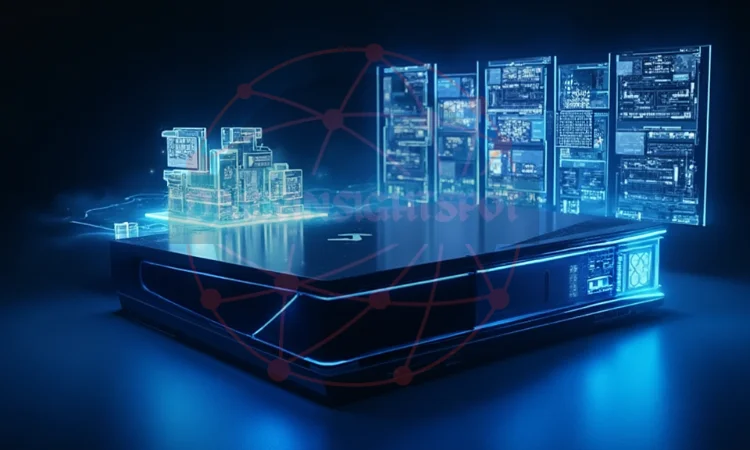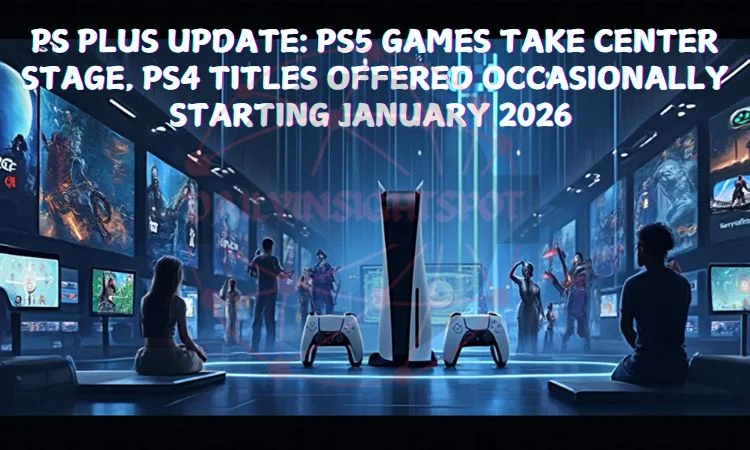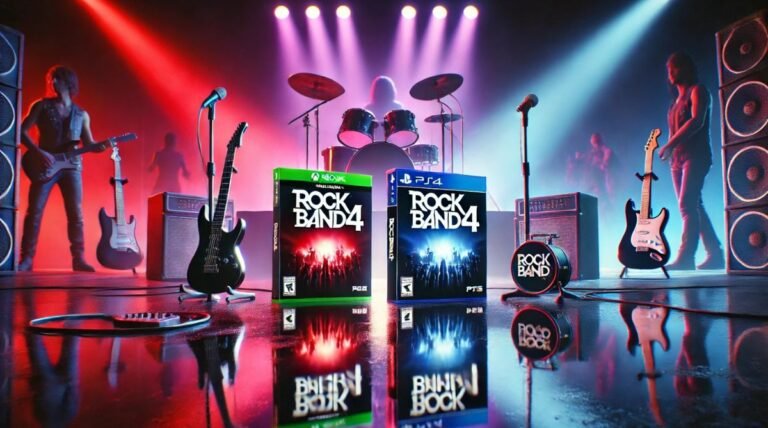PS6 Reportedly Set to Use AMD’s 3D Stacked Chips; New RDNA GPUs for Next-Gen Consoles

The gaming world is abuzz with speculation about the PlayStation 6 (PS6), and recent reports suggest it will be powered by AMD’s cutting-edge 3D stacked chip technology alongside new RDNA GPUs. These advancements could revolutionize the console gaming landscape, offering unprecedented performance and immersive gameplay. In this article, we’ll explore the significance of these technologies and what they mean for the PS6 and the future of gaming.
What Are AMD’s 3D Stacked Chips?
AMD’s 3D stacked chips represent a leap forward in processor technology. Unlike traditional chips, which spread components horizontally, 3D stacked chips stack components vertically. This architecture increases bandwidth, reduces latency, and optimizes power efficiency, all while maintaining a smaller footprint.
For the PS6, this technology could translate to:
- Higher Processing Speeds: Games will load faster and run smoother.
- Enhanced Graphics: Seamless rendering of complex visuals.
- Improved Energy Efficiency: Reduced heat output and quieter operation.
This breakthrough positions AMD and Sony to deliver a console that pushes boundaries, offering gamers a glimpse into the future of performance-driven hardware.
RDNA GPUs: The Heart of Next-Gen Graphics
RDNA (Radeon DNA) is AMD’s proprietary graphics architecture, and it has been at the core of PlayStation 5’s (PS5) impressive graphics capabilities. For the PS6, the new generation of RDNA GPUs promises even greater advancements, such as:
- Advanced Ray Tracing: Achieving hyper-realistic lighting and shadow effects.
- AI-Powered Graphics: Smarter rendering for more immersive worlds.
- Better Frame Rates: Smooth performance in demanding games.
These GPUs are designed to optimize performance per watt, ensuring that the PS6 can deliver breathtaking visuals without compromising on efficiency.
How These Technologies Enhance PS6 Performance
The combination of AMD’s 3D stacked chips and new RDNA GPUs is set to redefine console gaming. Here’s how these innovations could benefit the PS6:
- Unparalleled Speed: Faster processors and optimized graphics will ensure minimal load times and seamless transitions in open-world games.
- Immersive Gameplay: Advanced ray tracing and AI-powered features will create more lifelike characters and environments.
- Future-Proofing: The PS6’s hardware will be ready for the demands of next-gen gaming, including 8K resolution and virtual reality.
With these upgrades, the PS6 could cater to both hardcore gamers seeking top-tier performance and casual players looking for an effortless gaming experience.
Challenges in Implementing Cutting-Edge Tech
While the promise of these technologies is exciting, there are challenges Sony might face in bringing the PS6 to market:
- High Manufacturing Costs: The complexity of 3D stacked chips makes them expensive to produce, potentially driving up the console’s price.
- Supply Chain Issues: Ongoing chip shortages could affect production timelines and availability.
- Competitive Pressure: Xbox and PC gaming platforms are also likely to adopt similar technologies, heightening the competition.
Sony will need to navigate these hurdles to ensure the PS6 lives up to its hype.
Impact on the Gaming Industry
The PS6, with its AMD-powered hardware, has the potential to set new standards for the gaming industry. Developers will have access to more powerful tools, enabling them to create games with unprecedented levels of detail and complexity. Indie studios may also benefit, as advancements in hardware could make high-quality game development more accessible.
Moreover, the introduction of such cutting-edge technology could push competitors like Microsoft (Xbox) and NVIDIA (PC gaming) to innovate further, leading to an industry-wide leap in gaming capabilities.
Conclusion
The PS6’s reported use of AMD’s 3D stacked chips and RDNA GPUs is shaping up to be a game-changer for the console market. These technologies promise faster processing, better graphics, and a future-proof platform for next-gen gaming experiences. While challenges like production costs and supply chain issues loom, the potential of this hardware is undeniable.
As we eagerly await official announcements from Sony, one thing is clear: the PS6 could redefine what we expect from a gaming console. Are you ready for the next era of gaming?






